Uplift spending down to Rs115 billion
Despite resource shortages and IMF conditions, govt prioritises provincial projects
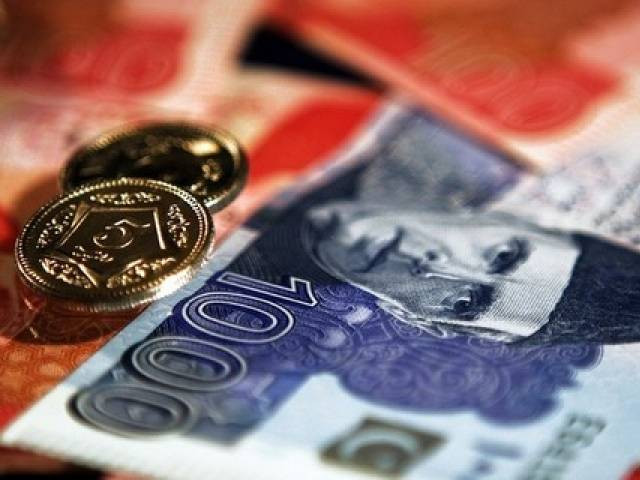
The federal development spending has slowed down to Rs115 billion in the first five months of this fiscal year due to fiscal constraints but this has not stopped the government from funding more provincial schemes, thinning out the already scarce resources.
Development expenses remained at Rs115 billion during the July-November period of this fiscal year. This was far lower than the Rs376 billion that the Ministry of Planning had authorised for spending during this period under the Public Sector Development Programme (PSDP) 2024-25.
The significant gap between authorisation and actual expenditures underscores challenges in the fund release process, scarcity of resources, slow progress on schemes, and the capacity to spend allocated funds. The Rs115 billion spending accounted for just 10% of the annual downward revised development budget, causing delays in crucial projects but compensating for fiscal slippages in other areas. The Federal Board of Revenue (FBR) has missed its first five months' tax target by a wide margin of Rs341 billion.
To achieve the primary budget surplus target agreed with the International Monetary Fund (IMF), the federal government often compromises development spending. Despite its inability to fully fund the ongoing schemes, the federal government last week approved 15 development projects worth Rs422.7 billion. Some of these projects will be funded by the cash-rich provinces but many more have also been added to the cash-starved federal development portfolio.
In breach of its commitment under the IMF-guided National Fiscal Pact, the federal government also approved projects, which are provincial in nature.
It approved the revision of the cost of the project -the extension of the KLM Start point to Saggian road and main Ravi Bridge worth Rs12.1 billion. The project will serve the population of Punjab and does not have national importance.
Under the $7 billion bailout package, the federal and provincial governments have signed the National Fiscal Pact. A major condition states that the federal government will reduce its footprint as per the 18th Amendment. The provincial governments are contractually bound to take responsibility for projects within their geographical domain. The Ravi Bridge project falls in the provincial domain.
The planning ministry's response was awaited till the filing of the story. It had been requested to comment about the reasons for adding provincial nature projects in breach of the fiscal pact.
The government last week had also approved the construction of the Mangi Dam and water conveyance system at an upward-revised cost of Rs19 billion. This project will be equally funded by the federal and provincial governments.
The IMF had last year deemed Pakistan's PSDP "unaffordable" due to limited fiscal space, noting a total cost of Rs12 trillion to complete approved projects, requiring over 14 years.
There was no major improvement in the development spending trend during the middle of this month. The total spending increased to Rs130 billion as of December 10, 2024. But this was down by Rs20 billion or over 13% compared to the last fiscal year.
For this year, the government had proposed a Rs1.4 trillion development budget in the National Assembly, which was subsequently slashed to Rs1.1 trillion due to limited fiscal space. There is another proposal to further reduce the PSDP to fund the electricity price reduction by waiving the applicable taxes.
Low releases have adversely impacted the country's foreign exchange reserves due to less-than-anticipated foreign lending for development schemes. For the current fiscal year, the government has estimated receiving Rs220 billion in foreign loans, but foreign funding utilisation was only Rs5.2 billion in almost five and half months. Development budget allocations for provinces, special areas, Azad Jammu & Kashmir, and Gilgit-Baltistan were also affected. Against the annual allocation of Rs223 billion, only Rs42 billion was spent against these heads, the highest development spending head so far.
The Rs17.7 billion were spent on Azad Kashmir and Gilgit Baltistan projects, Rs15.8 billion on the merged districts of Khyber-Pakhtunkhwa and Rs8.7 billion on projects located in other provinces. Spending on Pakistan Atomic Energy Commission projects amounted to Rs6.7 billion against the annual allocation of Rs25 billion. The National Transmission and Dispatch Company and PEPCO spent Rs3.8 billion on their projects against the annual allocation of Rs33 billion.


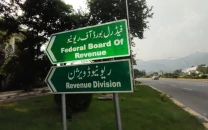



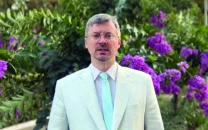


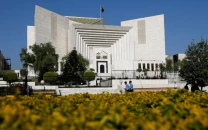

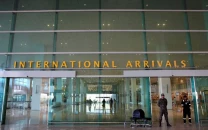







COMMENTS
Comments are moderated and generally will be posted if they are on-topic and not abusive.
For more information, please see our Comments FAQ